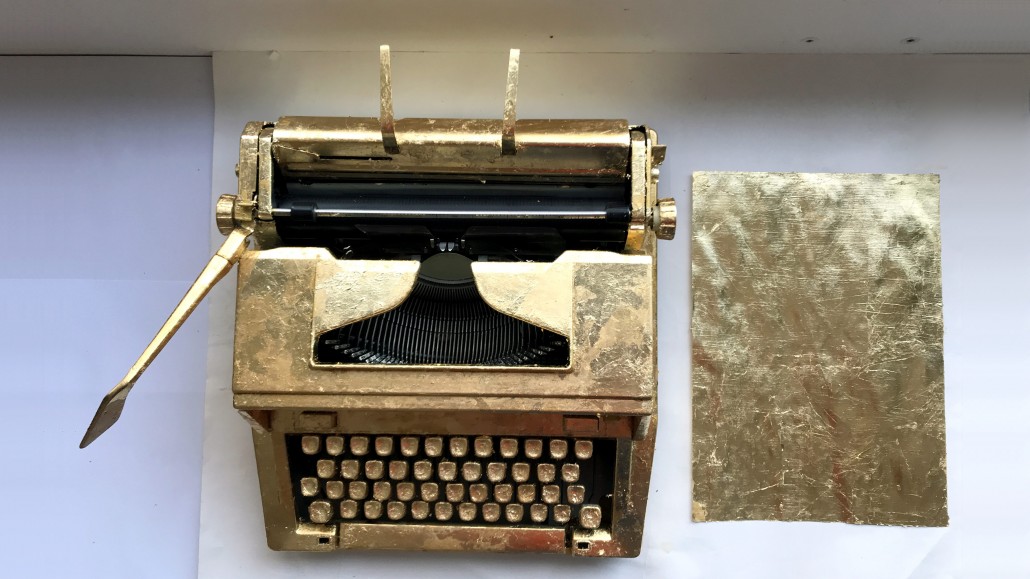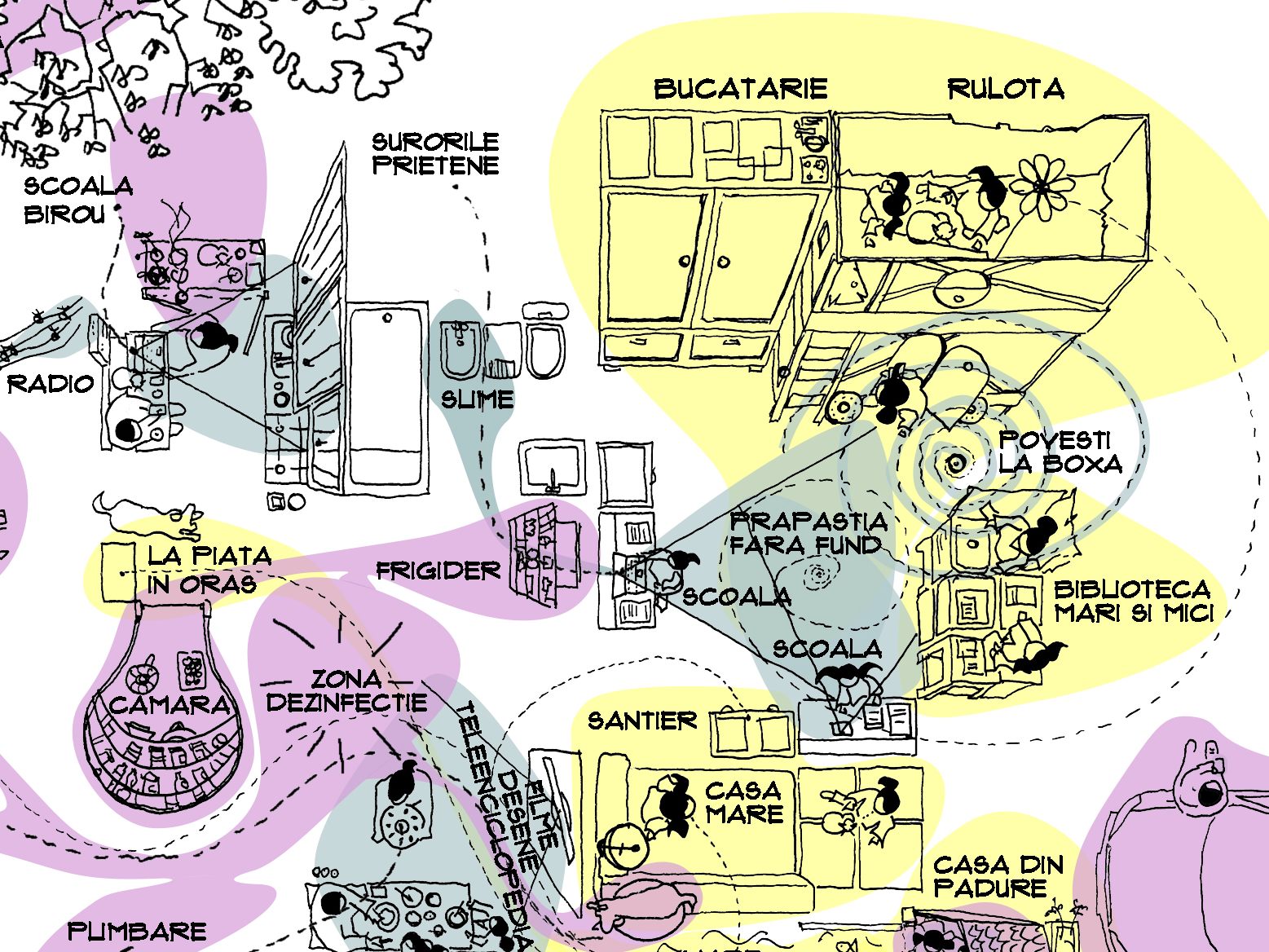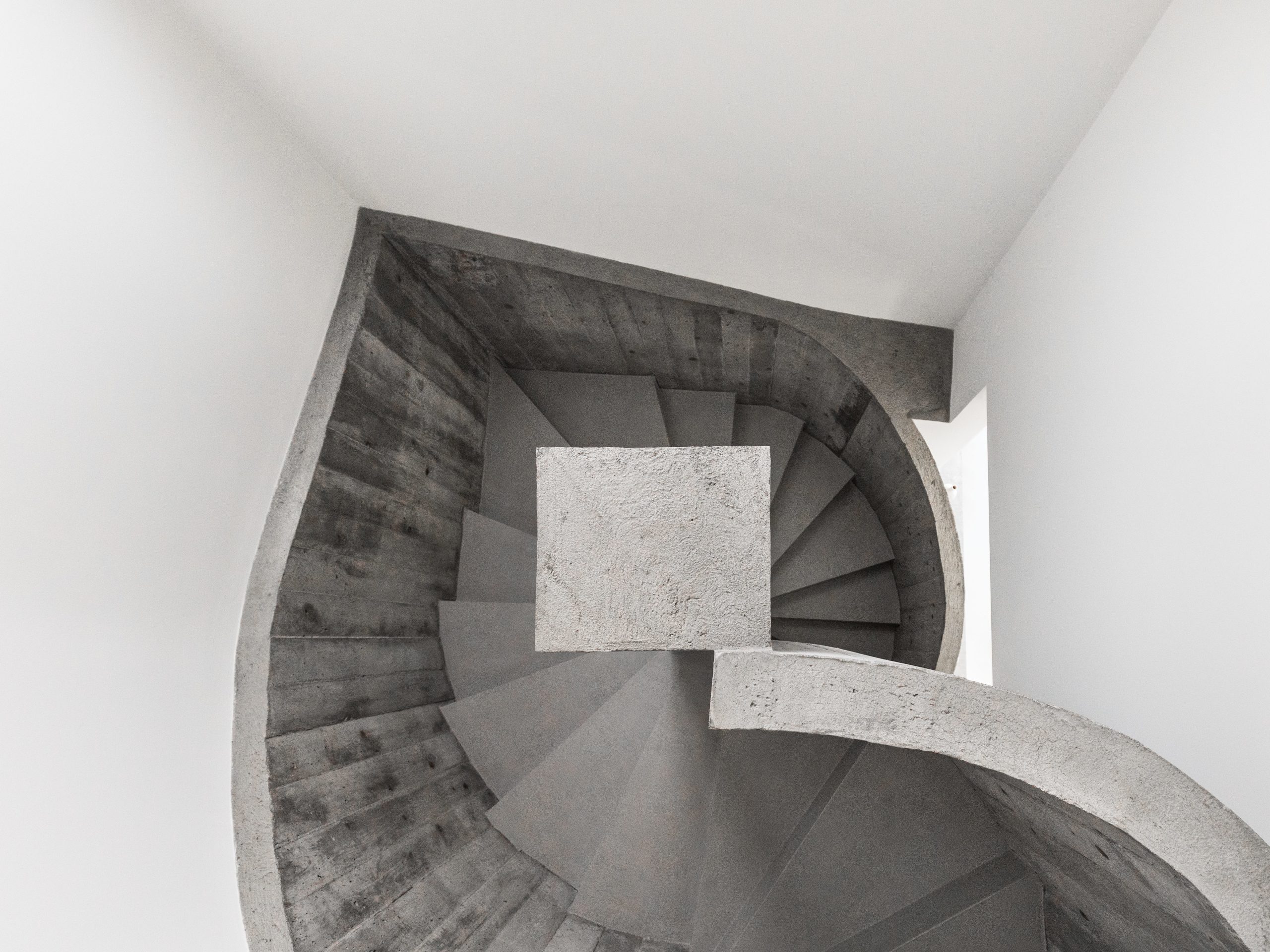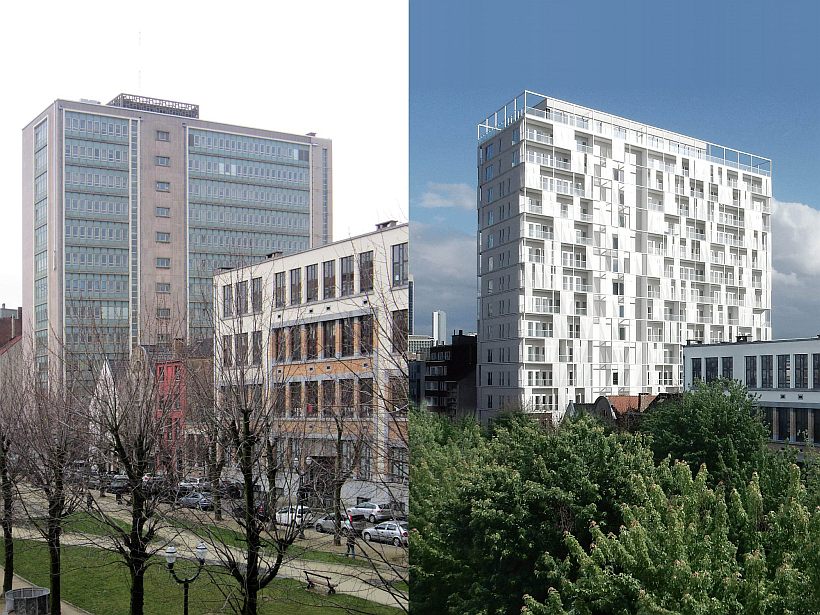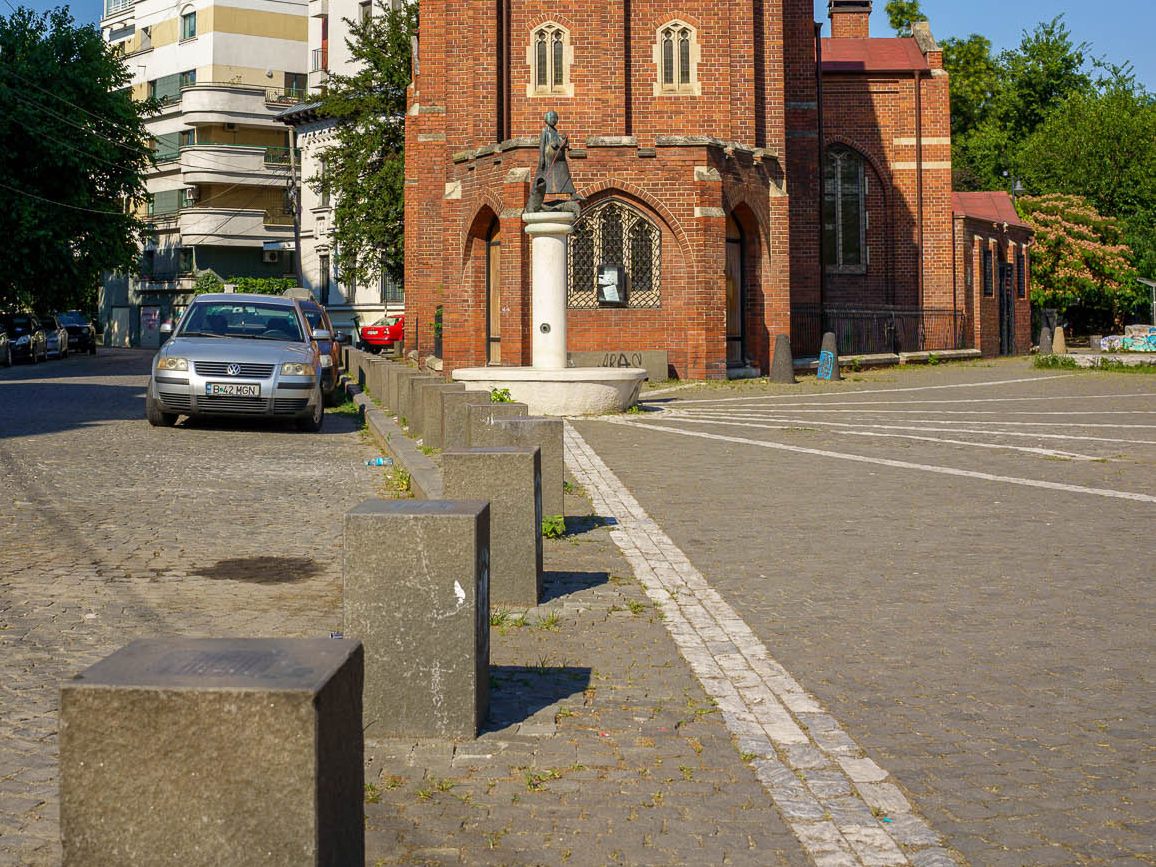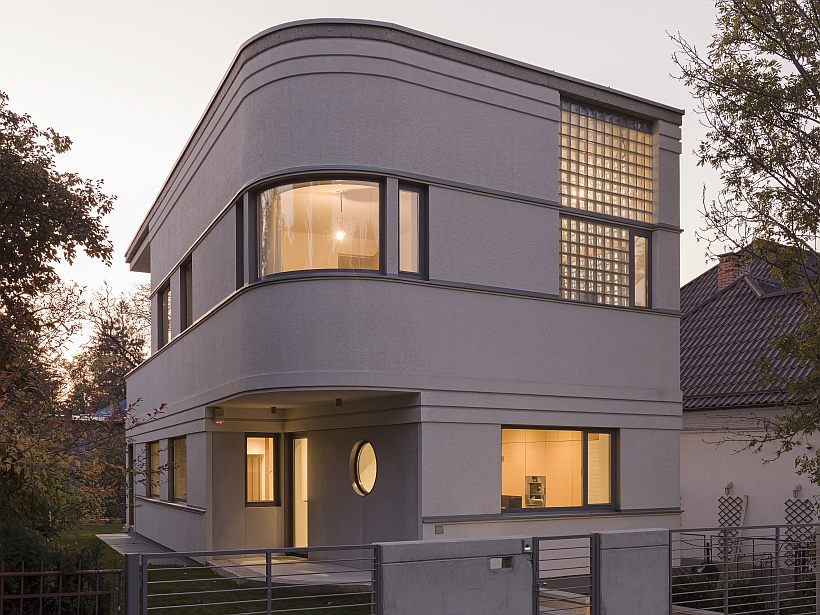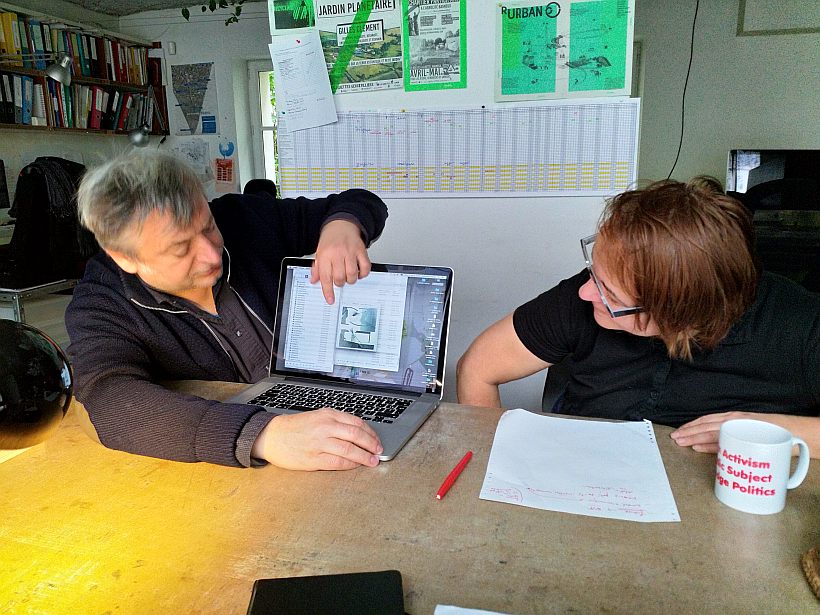Text & illustrations: Alex Axinte
Against the backdrop of the state of emergency, I watched the transformation of dwelling practices, with a focus on children’s games. The research was based on my family as a case study: two adults, two primary school children, one dog and one cat, isolated in an inter‑war Bucharest apartment. As seen by a homeowning family, where the parents can work remotely, without any infected close ones, with access to the internet and to technology, it was easy for me to dwell on this microscopic issue. But why this research? Well, for 2 months, family isolation was pretty much the only tangible reality. Thus, I attempted to discern, within the tactics and strategies of isolated living, some lessons to be learned for life after isolation.
Order and Disorder
The distinction between tactics and strategies is understood by Michel de Certeau (1988), from the perspective of power relationships that emerge and express through space. While strategies “postulate a place that can be delimited” (p.36), tactics are “calculated action[s], determined by the absence of a proper locus” (p.37). In a domestic context, this construction is also illustrated by the cohabitation of parents and children. Here, tactics and strategies are manifested on a daily basis, through the ritualic ballet between order and disorder. That is, all that mix of toys, clothes, and bodies, which children produce out of the need to play, and which parents see as disorder and attempt to limit, at least in terms of space (Stevenson & Prout, 2013). In this entire choreography, the house is not just a neutral background, but an active participant, determining the living practices and registering their effects, at the same time.
Play from an Architect’s Perspective
The micro‑research was based on the methods of observation, autoethnography and cartography, supported by the instruments of drawing, photography, and diary. As seen by Abrams and Hall (2006) like the “the conceptual glue linking the tangible world of buildings, cities and landscapes with the intangible world of social networks and electronic communications.” (p.12), mapping can function in the domestic context, like one of the ‘specific tricks’ called upon by Bruno Latour (2005) to illustrate the exchanges between humans and non‑humans. Mapping traced the transformation of living practices in isolation, highlighted in relation to the geography of the house. The house was mapped as a node of the relationships between the actors, and time was compressed to one generic day, as situations became co‑present. The architectural ethnographic drawing included observation, participation, and description, supporting cartography as the main research method. To Huda Tayob (2018), this way of drawing is aimed at being rather ‘imprecise’ than to be an objective representation, acting as a narrative ‘portrait’. The drawing tactically adopts the architectural conventions of floor plans, aiming to value subaltern spatial practices, represented, here, by children and play. Operated as a generative, and not simply a representative method, the drawing contributed to the identification of 3 types of inter‑connected spatial practices: the tents, from outside and on the outside.

The House in the Time of the Pandemic
Days in isolation alternated, from all nice and well, to anxieties deriving from the need of personal space and excess monotony. Where adults managed with headphones, Facebook, sleeping, movies, and others, it was a bit different for the children. They built tents. That is, some sort of domestic installations, where roleplay comes to life not just through costumes and lines, but also through furniture. The season of tents started by turning the bunk bed into a Caravan. The destinations and driving breaks lasted for a few days. Then came a series of enactments, from the Beach Tent and the seawater flood in the parents’ bedroom, to the epic camping on the balcony, with warm clothing and reading late into the night in the House in the Woods. The big house, the culmination of domestic tents, was such an ambitious and ample project, that it charged the way of living for the entire family. Then came, among others, the Library for Old and Young, where programming dominated the spatial layout, or the post‑apocalyptic Bottomless Pit thriller, where the scenography of disorder was perfectly articulated on the topic. Pre‑existing practices, tents, and play saw a spectacular increase during isolation, but decreased in scale and frequency as restrictions were being lifted. Nevertheless, some practices became permanent, such as seizing the balcony for playing.
At the same time, tents and play were contemporary with the outside world that entered the house through technological windows—internet, phone, radio, TV—sharing, at points, improbable spatial proximities. When film editing was being discussed in the kitchen, the “Friend Sisters” YouTube channel was being recorded in the children’s room, and when the department meeting was being held in the office, a whispered experiment involving borax glycerine and toothpaste took place in the bathroom just across the corridor.
After a first harsh period of isolation, we started going out. The street in front of the building became a playground once again: bike riding, handball, doing laps, relay, and chalk. Here, the parked car became a sort of second balcony, used as a sitting, breathing, and monitoring place. When parks reopened, the street only preserved the bike‑riding reflex.
State of tent
Home tents may be seen as an attempt of ritual recovery of the lost mix of rides, destinations, and interactions which used to order our day. At the same time, tents materialize the memory of our camping at 2 Mai, as a spatial practice, a temporal rhythm, and a way of relating within the family. Here, a lot of the functional hierarchies and determinations, generated by city life, are cancelled, and new, more horizontal ones are created on the spot, in a time that is carefree and adventurous. Thus, the need for a tent is not just the spatialised expression of anxious creativity, but also an attempt to re‑enact an ideal situation: the state of tent.
Lessons, risks, and potential
But what have we learned from all these? We noticed that the need for domestic space is rather qualitative, not quantitative, that nooks and crannies help, and that versatile objects and spaces are a better support for the unpredictable and dynamic contemporary living. Tents have shown that de Certeau’s excessively binary image is much more nuanced at carpet level. There are not two distinct groups in confrontation, but rather switching roles and position, borrowing each other’s modus operandi. Order and disorder become ways of relating in a practice of living. Besides, the mapping of tents and games in isolation showcased the children’s capacity of transforming their surrounding space, through negotiation, and self‑organization.
The intensifying of tents in isolation was a consequence of disconnecting the house from the city. Thus, the house is claimed as part of an extended system, which includes relationships and exchanges with the exterior, physical and social spaces, creating, together, a relational living. By excessively glorifying ‘creative living’, we risk falling for another neo‑liberal perspective of the home as a self‑sufficient consumer good. The house as a surrogate for the world may become a threat to the contemporary city, already so strongly individualized and privatized. Maybe a more fertile result of experimenting what is rather an absence or doubtful replacements of anything like online school, library, museum, and theatre, let alone playing, sports, or socialization, is that we could retrospectively appreciate the ‘original’ models. They are mediated by physical spaces, reproduced through a practice, by a collectivity, which they, in turn, support. So we stay indoors, build tents, but, let’s not forget, we have a city to live!
ACKNOWLEDGMENTS
Turning home tents from a domestic curiosity to a subject of research is due to the prodding and discussions with Bogdan Iancu, in the time of isolation. At the same time, my family members generously contributed to the documenting and reflections of the research.

*Tents / From the outside / On the outside
*From left to right and from top to bottom: Exploring the neighbourhood, School, Friend Sisters, Kitchen, Caravan, Office, Radio, Slime, Loudspeaker stories, Wood crafting, Bottomless Pit, Shopping, Fridge, School, Library for Old and Young, Going out, Pantry, Disinfection area, Building site, School, Movies, Cartoons, Grand House, Documentaries, Walking, Sea, House in the Woods, Vinyl fairy tales, Beach, Happy Bday, Tent, WhatsApp live, School, Tele‑Granny, Store, Office, Market, Recyclables, Exploring the neighbourhood, Grandparents, Running, Walking laps
BIBLIOGRAPHY
Abrams J. & Hall P. (eds.) (2006), Else/Where: Mapping. New Cartographies of Networks and Territories. University of Minnesota Design Institute.
Certeau, Michel de (1988), The Practice of Everyday Life. University of California Press, Berkley and Los Angeles, California.
Latour B. (2005), Reassembling the Social: An Introduction to Actor‑Network‑Theory. Oxford: Oxford University Press.
Stevenson, O. & Prout, A. (2013), Space for Play?: Families’ Strategies for Organizing Domestic Space in Homes with Young Children. Home Cultures, 10(2), 135–157.
Tayob, H. (2018), “Subaltern Architectures: Can Drawing Tell a Different Story?”, Architecture and Culture, 6(1), 203–222.
Alex Axinte is an architect, living and working in Bucharest. He is acting as an independent researcher from an intermediary possition between applied research, participatory design and civic engagement. Currently, he is a PhD student and a general training assistant at the Sheffield School of Architecture (SSoA), University of Sheffield. He is a co‑founder of studioBASAR.

